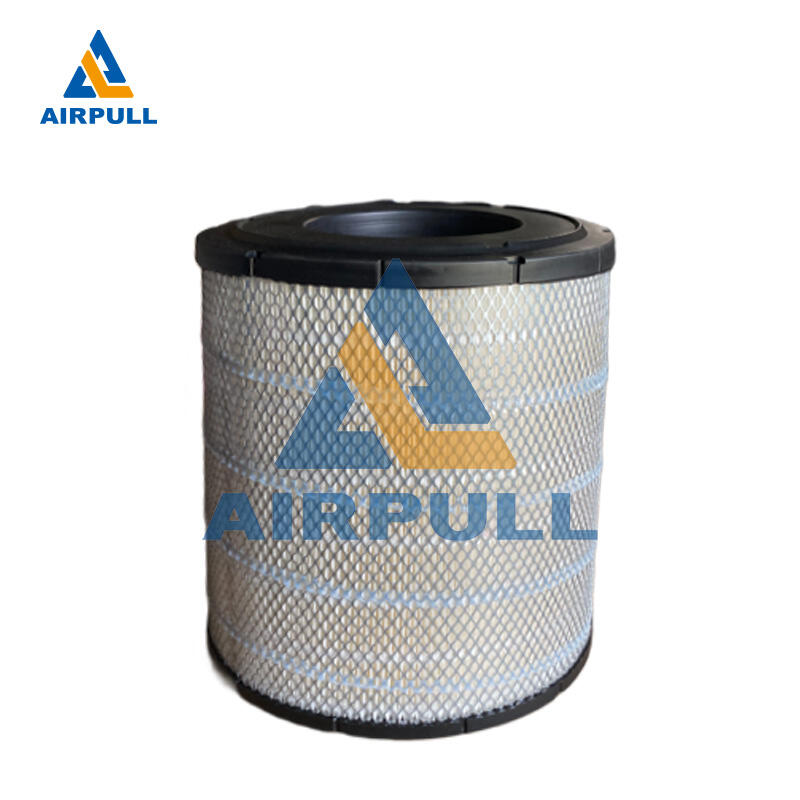Understanding the Critical Role of Filtration in Air Compression Systems
Air compressor filters serve as the first line of defense in maintaining the quality and efficiency of compressed air systems. These essential components protect both the compressor itself and downstream equipment by removing contaminants, particulates, and moisture from the air stream. When operating at peak performance, an air compressor filter ensures clean, dry air that extends equipment life and maintains production quality. However, like any mechanical component, these filters require regular attention and eventual replacement.
The implications of a deteriorating air compressor filter extend far beyond simple maintenance concerns. From increased energy costs to compromised air quality, the ripple effects can impact every aspect of your operation. Understanding when to replace your filter is crucial for maintaining optimal system performance and preventing costly downtime.
Visual Indicators of Filter Deterioration
Physical Appearance Changes
One of the most immediate ways to assess your air compressor filter's condition is through visual inspection. A healthy filter element should maintain a relatively clean appearance with minimal discoloration. As the filter ages and captures more contaminants, you may notice distinct color changes, typically progressing from white or light gray to darker shades. This discoloration indicates the accumulation of particles and suggests the filter is working hard to maintain air quality.
Physical damage such as tears, holes, or deformation in the filter material represents serious concerns that demand immediate attention. These defects compromise the filter's ability to trap contaminants effectively and can lead to downstream contamination of your compressed air system.
Visible Contamination Patterns
The pattern of contamination across your air compressor filter can reveal important information about its condition. Uneven discoloration or spotting might indicate improper air flow or suggest that certain areas of the filter are working harder than others. A uniform distribution of contaminants typically suggests normal operation, while concentrated areas of buildup could point to underlying system issues that need addressing.
Regular inspection of these patterns helps identify potential problems before they escalate into major issues. Document these observations during maintenance checks to establish a baseline for comparison over time.
Performance-Based Warning Signs
Pressure Differential Changes
A key indicator of air compressor filter health is the pressure differential across the filter element. As the filter captures more contaminants, the resistance to air flow increases, resulting in a higher pressure drop. Most systems include pressure gauges or differential pressure indicators that monitor this crucial metric. When the pressure drop exceeds manufacturer specifications, typically 8-10 PSI above the initial clean filter reading, replacement becomes necessary.
Monitoring pressure differential trends over time provides valuable insight into filter performance and helps predict replacement needs before critical thresholds are reached. Maintaining detailed records of these measurements enables proactive maintenance planning and helps prevent unexpected downtime.
Energy Consumption Patterns
A clogged air compressor filter forces the system to work harder to maintain desired pressure levels, resulting in increased energy consumption. Regular monitoring of power usage can reveal subtle changes that might indicate filter degradation. Modern energy monitoring systems can track these patterns precisely, allowing for data-driven maintenance decisions.
When energy costs begin to rise without corresponding increases in production or usage, it's essential to evaluate filter condition as a potential cause. The additional energy required to overcome filter restriction can significantly impact operating costs over time.
Air Quality Impact Indicators
Moisture Content Variations
The effectiveness of your air compressor filter in managing moisture content directly affects air quality. When filters begin to fail, you might notice increased moisture in your compressed air system. This can manifest as water accumulation in air lines, tools, or end-use equipment. Regular monitoring of dewpoint measurements can help track changes in moisture handling capability.
Excessive moisture in compressed air systems can lead to corrosion, microbial growth, and degraded product quality in moisture-sensitive applications. Maintaining proper filtration is essential for controlling these risks and ensuring reliable system operation.
Contamination Detection
Regular air quality testing can reveal changes in contaminant levels that suggest filter degradation. Particle counters and oil content analyzers provide quantitative data about filter performance. Increasing levels of particulates or oil carryover in the compressed air stream indicate that filter replacement may be necessary.
Establishing baseline measurements and conducting periodic testing helps track filter performance over time. This data-driven approach enables informed decisions about maintenance timing and helps prevent air quality issues from affecting production processes.
Maintenance Schedule Considerations
Time-Based Replacement Intervals
While condition-based monitoring provides valuable insights, following manufacturer-recommended replacement intervals remains important. These schedules typically account for normal wear and aging of filter materials, even when visible signs of degradation aren't apparent. Most air compressor filter elements should be replaced annually, though specific applications may require more frequent changes.
Environmental conditions, operating hours, and air quality requirements all influence optimal replacement timing. Developing a comprehensive maintenance schedule that considers these factors helps ensure consistent system performance and prevents unexpected filter failures.
Usage-Based Evaluation
Operating conditions significantly impact filter life expectancy. High-dust environments, excessive moisture, or oil-laden air can accelerate filter degradation. Monitoring actual running hours and comparing them with manufacturer guidelines provides a more accurate basis for replacement decisions than calendar time alone.
Advanced monitoring systems can track accumulated operating hours and environmental conditions, enabling more precise prediction of filter replacement needs. This data-driven approach helps optimize maintenance intervals and reduce unnecessary filter changes.
Frequently Asked Questions
How often should I inspect my air compressor filter?
Regular visual inspections should be performed weekly, while detailed performance measurements should be conducted monthly. However, in demanding environments or critical applications, more frequent inspections may be necessary. Establish a routine inspection schedule based on your specific operating conditions and manufacturer recommendations.
What happens if I delay filter replacement?
Delaying filter replacement can lead to increased energy costs, reduced air quality, potential damage to downstream equipment, and eventual system failure. The cost of premature equipment wear or unexpected downtime typically far exceeds the cost of timely filter replacement.
Can I clean and reuse my air compressor filter?
While some filter elements can be cleaned to extend service life, most modern air compressor filters are designed for single use and should be replaced rather than cleaned. Attempting to clean disposable filters can damage the filter media and compromise its effectiveness. Always follow manufacturer guidelines regarding filter maintenance and replacement.





